Nikon D7100 Review: Experience
I got the call that my new toy had arrived. I eagerly rushed over and picked it up from Pictureline, our locaI Salt Lake City pro camera shop. I took the D7100 out of the box, set the time, date and auto focus settings and went directly to an anti-bully seminar in a Boys & Girls Club gymnasium. No manual was needed. The D7100 controls and menus are very similar to all my other Nikon DSLR bodies and almost the same as the D4. In this day and age of rapidly progressing technology and options, Nikon’s consistent DSLR menus and controls are really nice. It makes it using multiple bodies and upgrading much easier.
Conditions in the Boys & Girls Club gym were far from optimal. Between the dim light and the 24-120mm f/4 lens I had on the D7100, I had to shoot at ISO 6400 or higher to keep the shutter speed at 1/320th of a second to freeze the action. Focus seemed to quickly lock on any area chosen and easily track my subjects. On the other hand, I was surprised when I filled the buffer during the first action sequence and the camera didn’t just slow down – it stopped shooting completely. This happened twice. In JPG the buffer clears much faster and isn’t as much of a problem although timing is still important. Paced shooting is key with the D7100 because the buffer can only handle bursts of 3 or 4 images in RAW mode before it bogs down and has to pause. When I got home and checked the D7100 photos on my computer, I was not impressed with most of the photos. They seemed soft, and not just because I had to use such high ISO settings. I got worried that the auto focus system wasn’t up to the task and my photos might actually be out-of-focus. The combination of low light, the f/4 lens, and minimal contrast may have been too much for the camera. More testing needed to be done.
This brings me to my moto test. I didn’t want to give up on the D7100 just yet and I was scheduled to shoot an arenacross (indoor motocross) race inside a horse arena. This is another very low light venue and another great opportunity to test the D7100. But this time I also brought studio lights to help light my subjects. The test was simple: I mounted the Nikkor AF-S 70-200 f/2.8 VR II zoom lens on the D7100, and my old AF-S 80-200mm f/2.8 zoom on the D300s. The settings were identical on both cameras: JPG mode at ISO 1250 with a shutter speed of 1/250th of a second and the aperture set to f/3.5. A PocketWizard radio slave was mounted on each camera to trigger lights located in each corner of the arena. I shot about 200 frames with each body during morning practice. All I wanted to test was auto focus tracking and overall sharpness. Specifically, how many images would each camera produce that were sharp enough for a decent 8×10 print?
I was surprised to discover both cameras had comparable keeper rates:
Nikon D300s: 207 shots with 148 keepers – 71.4% keeper rate
Nikon D7100: 190 shots with 129 keepers – 67.8% keeper rate
Even though it’s brand new and has the same 51-point auto focus array as the D4 (see viewfinder image, below), I feel like the D7100 is a little less responsive than the D300s. It seems to need just a split second longer to lock onto and start accurately tracking a subject. I had to adjust my timing with the D7100 to compensate – even with Nikon’s latest and greatest AF-S Nikkor 70-200mm f/2.8 VR lens. Compared to the D3s and D700, the auto focus on the D7100 and the D300s is slower and less accurate.
The D7100 seems to slightly miss focus more often than my other cameras – even with stationary subjects. Combine slightly missed focus with the 24-megapixel resolution and you notice the problem more. With a 12-megapixel camera you can just be sloppier. Photographers have had the same problem with the 36-megapixel Nikon D800. People expect a miracle with that massive resolution. But in reality, it means you have to be more precise. If you don’t nail the focus and have a steady camera, the lack of sharpness is very obvious.
I found that lens choice and slowing the auto focus tracking speed (it can be adjusted in the Custom Settings menu) seemed to improve the D7100 auto focus performance. There’s no doubt the D7100 does better with f/2.8 lenses. I’m not sure but the difference in auto focus performance between the D7100 and Nikon’s full-frame DSLRs could be, in part, because of the size of the sensor. It’s possible that 51 focus points is just too much for the smaller DX-format sensor.
Because I’m a sports photographer and used to the best Nikon has to offer, I’ve been pretty hard on the D7100’s auto focus performance. The truth is, for the price and compared to the competition, the D7100’s sports capabilities are very good. The rest of my experience with the D7100 was a little more straightforward and predictable. Live view and video are both easy to access and use. Audio from the built-in stereo microphone is a big improvement over the mono sound on previous HD DSLRs and the D7100’s movie mode auto focus even works well. You can move the focus point around while recording; and depressing the shutter release halfway refocuses with only a little hunting. It also tracks a subject fairly well while you keep the shutter half pressed in movie mode. It’s very usable and the best video auto focus I’ve personally used.
The D7100 movie mode is quicker and easier to use than any other Nikon camera I’ve used. It’s activated with the live view button and starts recording when you press the dedicated record button next to the shutter release. When switched to video the camera instantly jumps to a suitable shutter speed of 1/50th or 1/60th of a second. The aperture remains at the same f-stop it was on for still shooting, ISO can be adjusted on-the-fly and exposure can be adjusted via the exposure compensation control. Going back and forth between stills and movies is easy since the exposure settings don’t change. I’m not much of a video guy but the D7100’s easy to use movie mode has got me interested in learning more about video.
Overall the D7100’s controls are easy to use and the menus are nearly identical to other Nikon DSLRs I’ve owned. Anyone upgrading from another Nikon digital SLR will have a very small learning curve with the D7100. The knobs and buttons even feel comparable to my D3s, which cost me a lot more money. I was hoping for a more solid build, though. The D7100 feels a bit hollow and less substantial than my old D300s – like there’s a lot more plastic than magnesium in there. The D300s feels like you could pound nails with it. This may not be that important to everyone, but I appreciate a burly camera that feels like it can take a lot of abuse. On the upside, the D7100 is very light, which is great for travel and backpacking. According to Nikon, the D7100 also has weather sealing comparable to the D300s – a good thing for anyone who uses their camera outdoors.
Another feature worth mentioning is the new 1.3x crop mode. It works! There’s no noticeable image quality loss other than the reduced 16-megapixel resolution. The main benefits of the 1.3x crop mode are an increased burst rate of 7 frames per second and expanded auto focus array coverage (for AF area coverage, scroll up to see the D7100 viewfinder graphic). One extra frame may not sound like much but serious sports photographers will know that there’s a big difference between 6 frames per second and 7 frames per second. It could mean the difference between getting the perfect shot and just getting an ok photo. Reducing the resolution effectively expands the auto focus point out to the very edges of the frame, giving much better coverage and allowing more precise and creative composition. Check out the two photos below to get an idea of what the 1.3x crop mode can do.
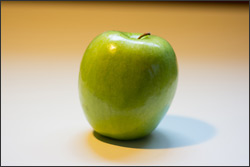 |
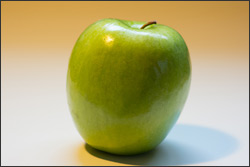 |
On the other hand, with the exception of the faster burst rate, the 1.3x crop mode is pretty much the same as just cropping your full-resolution, 24-megapixel images.
| | | | | | |
Next – Nikon D7100 Image Quality >>


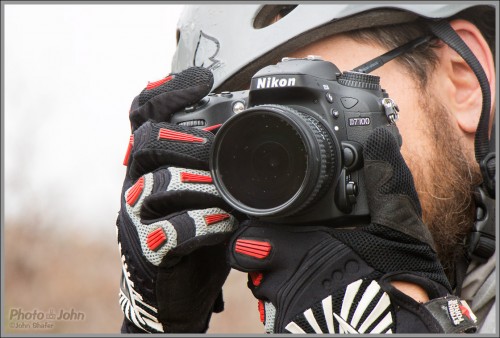
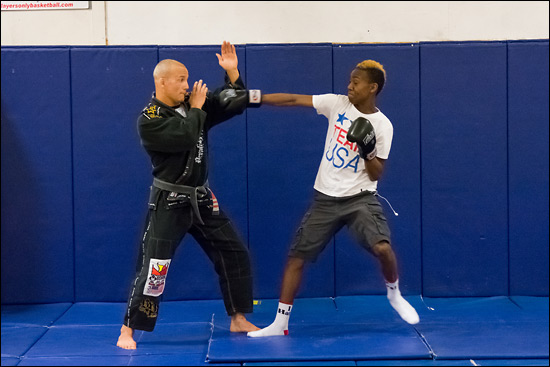
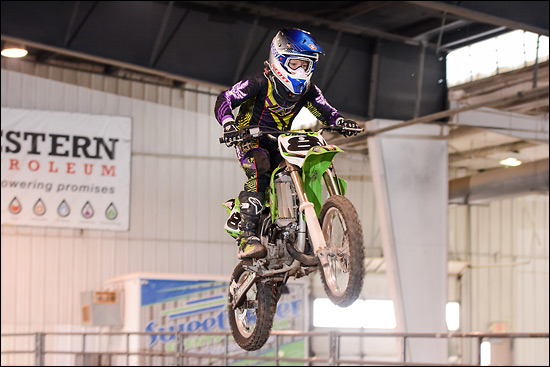
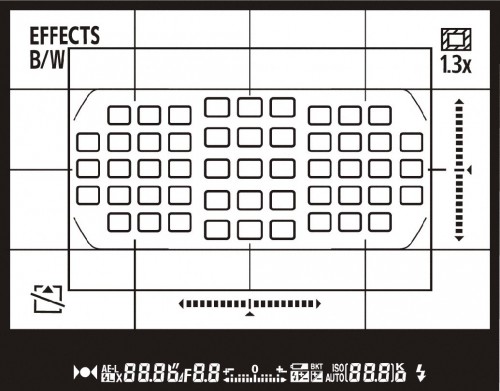
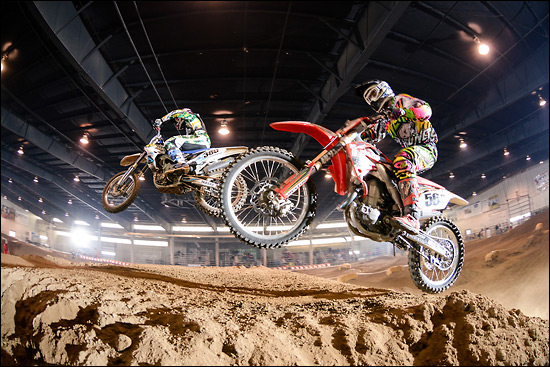
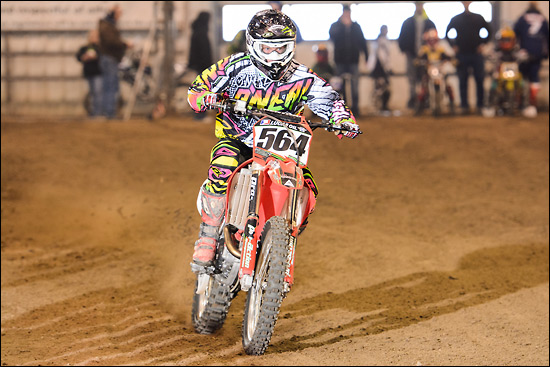
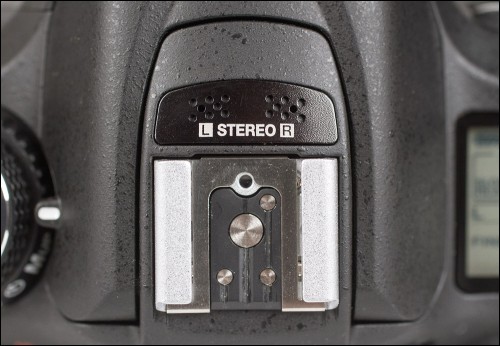
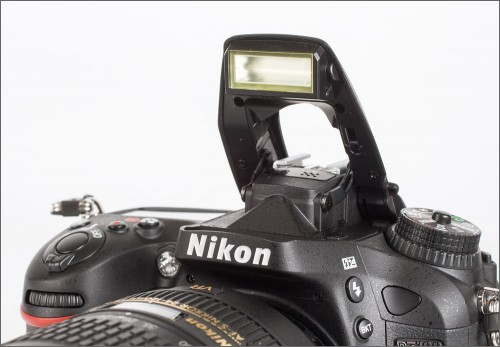
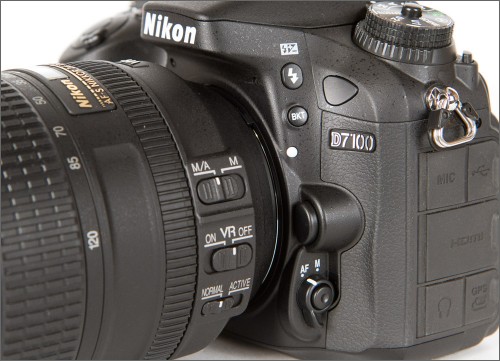
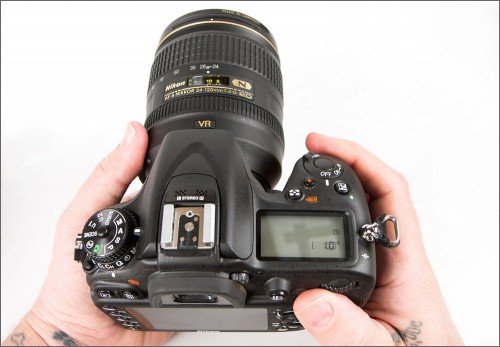
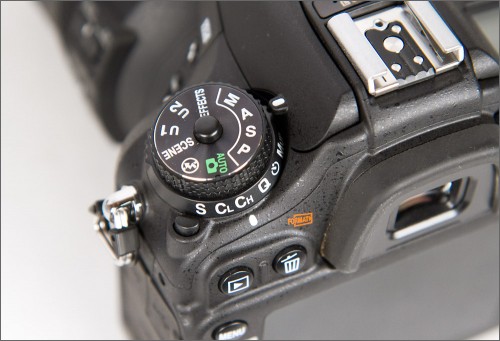
cool and nice goods, advanced
Very nice review and informative. I got mine last year, used once or twice so far and still trying to learn more about it. My passion is MTB and I will use the D7100 for outdoors shots. My other concern is the expose monitor screen, it doesn’t have the snap on for the screen protector. What screen protector do you recommend, glass or hard plastic type? Thanks.